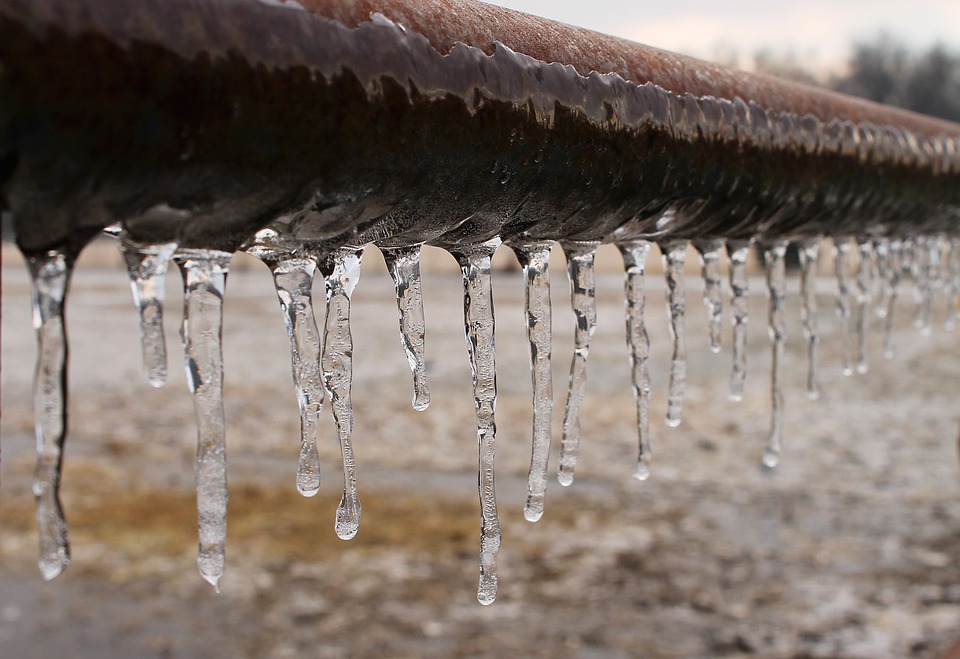Preventing Pipes from Cold Weather: Effective Strategies
Click HereThe article on the next paragraphs relating to 6 Ways to Prevent Frozen Pipes is quite attention-grabbing. Read it yourself and decide what you think of it.

Cold weather can wreak havoc on your plumbing, particularly by freezing pipes. Here's how to prevent it from happening and what to do if it does.
Introduction
As temperature levels decline, the danger of icy pipes boosts, potentially resulting in costly fixings and water damages. Comprehending how to prevent icy pipes is essential for homeowners in cool environments.
Understanding Icy Pipes
What creates pipes to ice up?
Pipes freeze when exposed to temperature levels below 32 ° F (0 ° C) for extended periods. As water inside the pipes freezes, it increases, putting pressure on the pipe wall surfaces and potentially creating them to rupture.
Threats and damages
Icy pipelines can bring about water system interruptions, residential property damage, and pricey repair work. Ruptured pipes can flood homes and create comprehensive architectural damage.
Indicators of Frozen Pipeline
Identifying frozen pipes early can avoid them from rupturing.
Just how to recognize icy pipelines
Seek decreased water flow from taps, uncommon odors or noises from pipes, and visible frost on exposed pipes.
Prevention Tips
Protecting prone pipes
Wrap pipelines in insulation sleeves or make use of warm tape to secure them from freezing temperature levels. Focus on pipelines in unheated or external locations of the home.
Home heating methods
Keep interior areas effectively warmed, particularly areas with pipes. Open closet doors to allow cozy air to distribute around pipes under sinks.
Protecting Exterior Pipes
Yard tubes and outdoor taps
Disconnect and drain garden tubes before winter season. Install frost-proof faucets or cover outdoor taps with protected caps.
What to Do If Your Pipelines Freeze
Immediate activities to take
If you think frozen pipes, keep faucets available to relieve stress as the ice thaws. Make use of a hairdryer or towels taken in hot water to thaw pipelines gradually.
Long-Term Solutions
Architectural modifications
Think about rerouting pipes far from exterior walls or unheated locations. Include additional insulation to attic rooms, basements, and crawl spaces.
Updating insulation
Purchase premium insulation for pipes, attic rooms, and wall surfaces. Proper insulation aids maintain regular temperature levels and decreases the threat of frozen pipelines.
Final thought
Stopping frozen pipes calls for proactive steps and fast responses. By comprehending the reasons, indications, and safety nets, home owners can secure their plumbing during cold weather.
6 Proven Ways to Prevent Frozen Pipes and Protect Your Home
Disconnect and Drain Garden Hoses
Before winter arrives, start by disconnecting your garden hoses and draining any remaining water. Close the shut-off valves that supply outdoor hose bibs and leave the outdoor faucet open to allow any residual water to drain. For extra protection, consider using faucet covers throughout the colder months. It’s also important to drain water from any sprinkler supply lines following the manufacturer’s directions.
Insulate Exposed Pipes
Insulating your pipes is an effective way to prevent freezing. Pipe insulation is readily available at home improvement stores and is relatively inexpensive. Pay close attention to pipes in unheated areas such as the attic, basement, crawl spaces, or garage. Apply foam insulation generously to create a buffer against the cold. You can also wrap your pipes in heat tape or thermostat-controlled heat cables for added warmth.
Seal Air Leaks
Inspect your home for any cracks or openings that could let in cold air. Seal any holes around the piping in interior or exterior walls, as well as the sill plates where your home rests on its foundation. Additionally, make sure to keep your garage door closed unless you’re entering or exiting. Leaving it open creates a significant air leak that can lead to frozen pipes.
Allow Warm Air Circulation
During cold snaps, it’s essential to allow warm air to circulate evenly throughout your home. Leave interior doors ajar to promote better airflow. Open kitchen and bathroom cabinets to help distribute heat consistently around the rooms. If you have small children or pets, be sure to remove any household chemicals or potentially harmful cleaners from open cabinets for safety.
Let Faucets Drip
A small trickle of water can make a big difference in preventing ice formation inside your pipes. When temperatures drop significantly, start a drip of water from all faucets served by exposed pipes. This continuous flow helps prevent the water from freezing. Additionally, running a few faucets slightly can relieve pressure inside the pipes, reducing the chances of a rupture if the water inside does freeze.
https://choateshvac.com/6-proven-ways-to-prevent-frozen-pipes-and-protect-your-home/

We were made aware of that write-up about How to prepare your home plumbing for winter weather through a pal on our other website. Are you aware of anybody else who is curious about the topic? Why not share it. Thanks for taking the time to read it.
Call Today